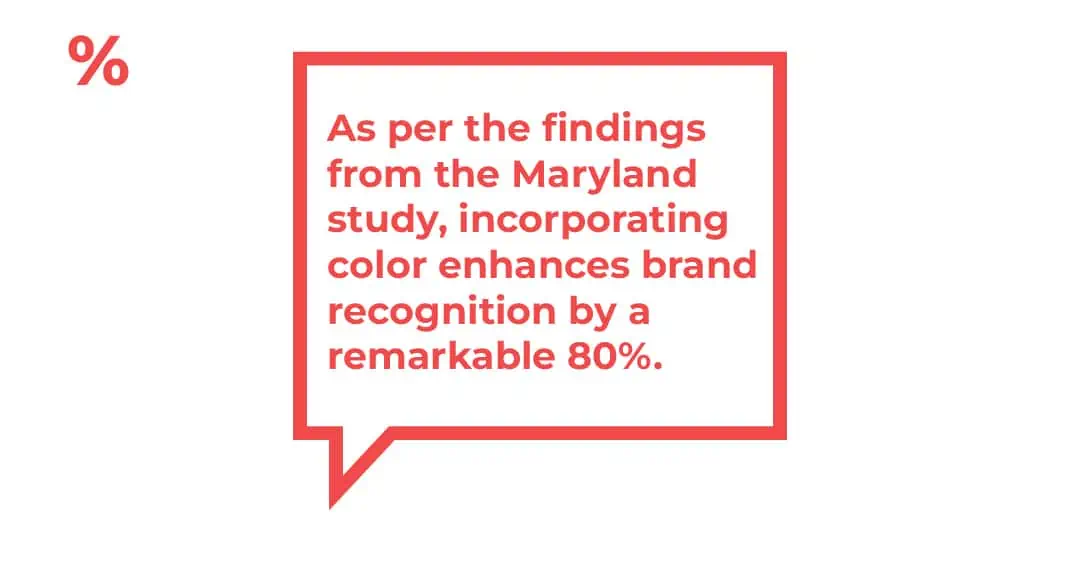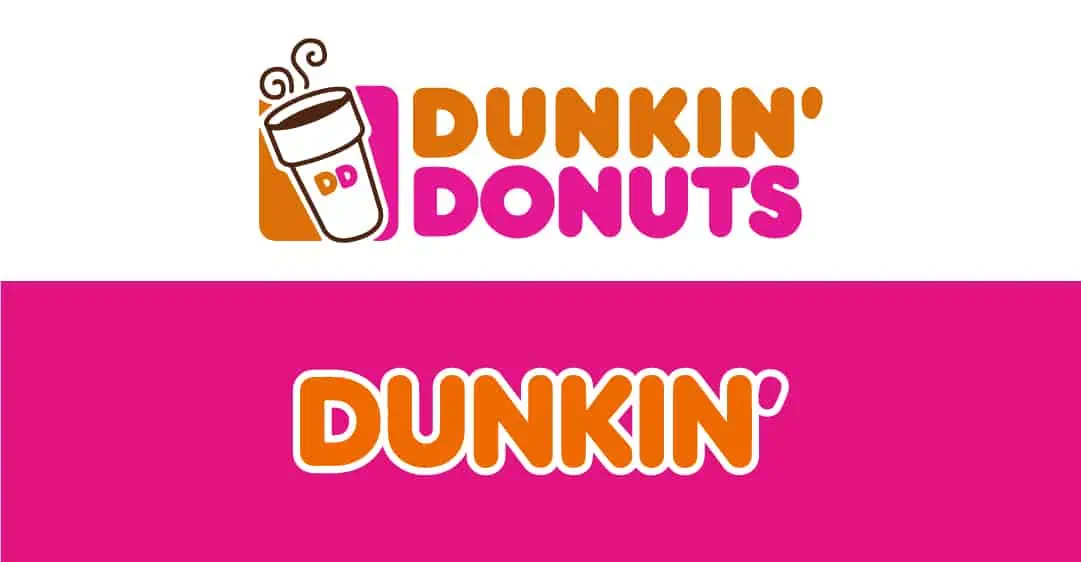
13 Oct Rebranding: Expert Tips for a Successful Transformation
Rebranding is not a mere logo makeover but a comprehensive transformation of your brand identity. In this section, we’ll delve into the profound significance of rebranding, exploring the challenges and opportunities it presents and providing expert tips for orchestrating a successful rebranding transformation.
The significance of rebranding lies in its potential to redefine your brand’s position, invigorate customer perceptions, and adapt to evolving market dynamics. It’s an opportunity to shed old skin and emerge more robust, relevant, and better aligned with your business goals.
However, rebranding is not without its challenges. It requires a clear vision, meticulous planning, and expert execution to be successful.
Why do Businesses Embrace Rebranding?
Rebranding is the strategic pivot that enables businesses to embrace growth, innovation, and a renewed connection with their target audience. Here’s why companies may choose to rebrand.
Common Triggers for Rebranding
- Expanding Market Reach: As businesses grow and diversify, they often must reposition themselves to appeal to broader audiences or enter new markets.
- Evolving Brand Perception: Over time, a brand’s image may become outdated or no longer resonate with its target audience. Rebranding can help refresh the brand and realign it with changing customer expectations.
- Competitive Positioning: In a competitive market, rebranding can give a business a competitive edge by differentiating it from competitors and highlighting its unique value propositions.
Examples of Resounding Success
I was wondering how to rebrand yourself. Here are some examples to inspire you.
The following examples showcase how businesses faced with various challenges were able to revitalize their brands, increase market share, and achieve remarkable success through strategic rebranding initiatives.
- Buzz Interactive: Staying ahead of the curve is not just a strategy but a necessity. Buzz Interactive understood this all too well and, in a bold move, embarked on a rebranding journey to revitalize its image and strengthen its market position. This Digital Marketing Agency revamped its logo design. The agency also refined its messaging to better resonate with its target audience.
- Dunkin’ Donuts: The company dropped “Donuts” from its name and became “Dunkin'” to emphasize its expanded menu, which includes coffee, sandwiches, and other offerings. This shift reflects a strategic move to position itself as a beverage-focused brand and better cater to changing consumer preferences.
- Pepsi: The company introduced a new logo and packaging design featuring a dynamic blue and red globe with a wavy white stripe, conveying a sense of movement and energy. This redesign aimed to capture the brand’s spirit while emphasizing a shift towards healthier beverage options and sustainability. The rebranding announcement was met with success for Pepsi.
Paving the Way for Transformation: Preparing for Rebranding
Rebranding is a pivotal moment—a deliberate step to breathe new life into a company’s identity and direction. From defining new brand values and objectives to conducting market research and planning the transition, there is a lot to factor in.
Assessing Current Brand Identity:
-
-
-
- Logo Examination: At the heart of your brand audit is a meticulous evaluation of your existing logo. Does it still effectively encapsulate your brand’s essence and values, or is it time for a refresh?
- Messaging Review: Dive deep into your brand’s messaging, scrutinizing taglines, slogans, and mission statements. Are they aligned with your current business objectives, or need refinement?
- Visual Asset Analysis: Your brand’s visual assets, such as color schemes and design elements, are pivotal in shaping perception. Ensure they reflect your identity and resonate with your target audience.
- Touchpoint Assessment: Assess every point of contact between your brand and customers, from your website to customer service interactions. Pinpoint areas where consistency and improvement are essential to deliver a seamless brand experience.
-
-
This comprehensive examination provides a clear picture of what’s working harmoniously within your brand identity and what requires fine-tuning to ensure cohesiveness and relevance.
Analyzing Market and Customer Feedback
-
- Target Audience Insights: Seek valuable feedback from your target audience through surveys, focus groups, or social media engagement. Understand their perceptions, preferences, and expectations related to your brand.
- Market Trend Evaluation: Analyze current market trends by staying ahead of the curve. What’s resonating with consumers, and how does your brand align with these trends or stand out innovatively?
- Competitive Landscape: Assess how your brand compares to competitors. Identify gaps and opportunities to differentiate your brand and strengthen its market position.
The synthesis of market research and customer feedback empowers you with valuable insights. It helps refine your brand strategy, ensuring it resonates with your audience and aligns with the ever-evolving market dynamics.
Identifying Key Stakeholders
- Involving Employees, Management, and Customers: The foundation of a successful rebranding effort lies in internal stakeholders’ active involvement and support. Your employees and management are the living embodiment of your brand, and their buy-in is critical. They bring firsthand knowledge of your brand’s strengths and weaknesses. Additionally, seeking input and feedback from existing customers is invaluable. Their insights ensure your rebrand aligns with your target audience’s expectations and preferences.
Hiring External Experts
- Branding Agencies, Designers, and Marketers: External experts play a pivotal role in your rebranding journey. Branding agencies bring fresh perspectives, strategic thinking, and specialized skills to the table. Graphic designers craft the visual elements that will define your brand’s identity, while marketing professionals develop strategies to communicate your new brand effectively. Collaborating with these experts is instrumental in creating a cohesive and impactful brand transformation with the help of their rebranding services.
Building Cross-Functional Teams
- Collaborative Efforts Across Departments: Rebranding is a multifaceted endeavor that touches every facet of your organization. Assembling cross-functional teams that include members from marketing, design, sales, and other relevant departments is essential. This approach ensures that all aspects of the rebranding initiative are well-coordinated and aligned with your strategic goals. Collaboration across departments fosters a holistic and unified approach to the rebranding process.
Crafting a Brand That Speaks Volumes
- Crafting a Narrative That Resonates: Your brand story is the emotional core of your rebranding effort. It should authentically communicate your brand’s values, mission, and unique selling propositions. Crafting a compelling brand story creates a deeper connection with your audience, helping them relate to and embrace your brand.
- Logo, Colors, Typography, and Imagery: Your brand’s visual identity is its visual representation. We delve into the elements that compose this identity, including your logo, color palette, typography, and imagery. These elements should be thoughtfully selected to convey your brand’s personality, evoke specific emotions, and resonate with your target audience. A solid visual identity enhances brand recognition and leaves a lasting impression.
- Maintaining Consistency Across All Touchpoints: Consistency is paramount in rebranding. Brand guidelines provide a roadmap for applying your brand consistently across all touchpoints, from your website and marketing materials to social media and customer interactions. These guidelines ensure that all brand elements are used correctly, safeguarding brand integrity and enhancing recognition.
Metrics that Matter: Gauging Rebranding Success
Success in rebranding is not merely a subjective feeling; it’s measurable. We delve into specific metrics that allow you to assess the impact of your rebranding efforts. Tracking brand awareness, customer sentiment, and sales provides concrete data on the effectiveness of your rebranding. Understanding these metrics helps you gauge the return on investment and make informed decisions about future brand strategies.
Rebranding is a collaborative and multifaceted process that involves key stakeholders, external experts, cross-functional teams, a compelling brand narrative, a memorable visual identity, and careful measurement of success. When executed strategically and comprehensively, rebranding can breathe new life into your brand, forge deeper connections with your audience, and position your organization for sustained success in a competitive marketplace.
Rebranding: Worth the Investment?
It’s a strategic move that can breathe new life into your brand, rekindle customer interest, and position your business for growth and relevance. Remember, rebranding is not merely a change in appearance; it’s a declaration of your commitment to adapt, innovate, and stay ahead.
If you’re looking for a rebrand agency, try Buzz!
So, embrace the process, be patient with its evolution, and watch your brand emerge more robust, resonant, and ready to thrive in the exciting chapters ahead.





